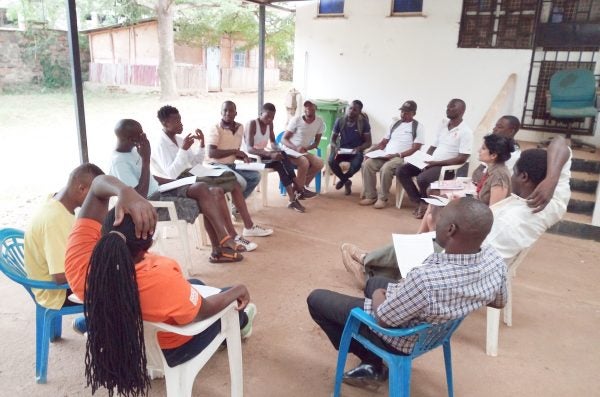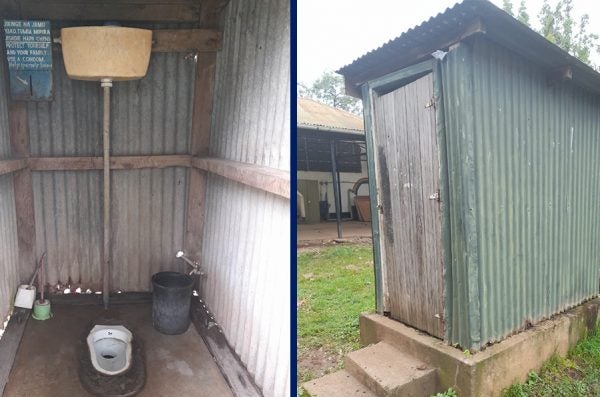Student Research Highlights
Research examples Heading link
Sexual and reproductive health

Nico Davis, MS in Epidemiology ’18, completed his MS thesis on an evaluation of syndromic management of chlamydia, gonorrhea and syphilis, with laboratory test results as a gold standard. The goal was to help quantify how sensitive and specific diagnosis by syndrome was at the Anza Mapema clinic in Kisumu, Kenya, as part of SPH’s Program in Kenya. He spent a few months at the clinic building relationships and extracting data from handwritten medical notes.
This provided the opportunity to grow and develop skills as an epidemiologist in more ways than just an exercise in analyzing data.
Extreme heat in Chicago

Global climate change is increasing the frequency of extreme weather events, and heat-related morbidity and mortality is expected to increase by 2050. However, the specific impact of extreme heat events on public health and healthcare systems is unknown. Ellen M. Stein, MS in Epidemiology ’19, aimed to develop a predictive model between extreme heat days and emergency medical service (EMS) dispatches in Chicago. She found a 3 percent increase in the number of calls per 10°F increase in the humidex.
This experience allowed me to apply the skills I learned at SPH to a practical, real-world problem which is extremely relevant to public health issues of today.
HIV treatment disparities in jails

Jocelyn Vaughn, MS in Epidemiology ’19, completed a cross-sectional study of HIV treatment disparities among people living with HIV in jails. She found that non-Latinx black and Latinx women were the least likely to engage in HIV care upon incarceration, relative to non-Latinx white men. The data suggested that modest reductions in the disparity in HIV care linkage can be achieved among Latinx and non-Latinx black women by addressing homelessness, whereas this difference may be more effectively mitigated among non-Latinx black men by facilitating access to health insurance.
These findings demonstrated the need for programs and services tailored for non-Latinx black and Latinx women who enter the US criminal justice system, especially those that target structural barriers to health care.
Clean water access

Courtney Babb, MS in Epidemiology ’15, partnered with the Ministry of Health in Nyando District, southeast of Kisumu City, to evaluate a latrine intervention in relation to diarrheal disease, as part of SPH’s Program in Kenya. She and community health workers visited individual households across 33 villages to take water samples for testing and assess latrine conditions. She found that children in households not located in open defecation free zones (ODF) had the same rate of diarrhea as children in ODF areas, caused by greater availability of safe water in non-ODF areas.
A comprehensive approach to the Community Let Total Sanitation intervention emphasizing water safety is likely necessary to reveal the true effects of the latrine intervention on childhood diarrheal health.
Photo credits Heading link
-
Photo credit listing
Extreme heat image: Dustin Phillips © Creative Commons